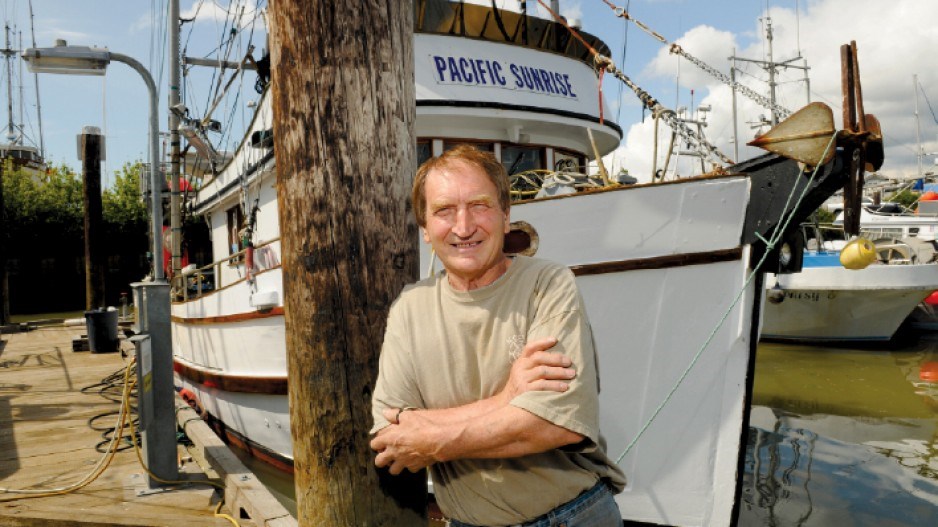Local gillnet fishermen will again likely have to sit idly on the docks this summer and watch while native food fishermen catch up to one million Fraser River sockeye.
And that might become a more or less permanent situation, warns BC Conservative Party Leader John Cummins, who is ringing alarm bells over fisheries policy changes buried in the federal budget that he fears will further commercialize the native food fishery.
“It could conceivably be the end of commercial fishing, and it could also conceivably be the end of sport fishing in lakes and streams,” Cummins, a former Conservative MP and commercial fishermen, told Business in Vancouver.
The budget – which is really an omnibus bill for a variety of legislative changes – adds the word “subsistence” to the food, social and ceremonial (FSC) native fishery. In the Donald Marshall case, the Supreme Court of Canada defined subsistence as the right to make a moderate livelihood.
“That means, essentially, there’s no limit,” Cummins said. “How do you define moderate livelihood? Does it mean buying your car, buying your house? Once you open it up, it’s limitless how much natives can fish for. That native portion of that fishery will be able to take it all.”
Ernie Crey, fisheries adviser for the Sto:lo Tribal Council, agreed that Bill C-38 is “legislation by stealth,” and the First Nations Fisheries Council of BC has its own concerns over the legislation.
But Crey disagreed that adding “subsistence” to the native food fishery definition will mean every band in B.C. will be able to legally sell the fish they catch under the FSC program.
“You have to establish that you have a [constitutional] right and you have to do that through the courts,” Crey said.
So far, only a handful of bands have done that – including two Nuu Cha Nulth bands on Vancouver Island and one in Bella Bella.
Other coastal bands that legally sell food fish – the Tsawwassen, Musqueam and Stol:lo – do so through harvest agreements negotiated with Fisheries and Oceans Canada.
The FSC was established in the early 1990s, but over the years, native fishermen have pushed for the right to sell some of their food fish allocations. If the preseason forecast for this year’s return of Fraser River sockeye holds true, Area E gillnet fishermen won’t be fishing for Fraser River sockeye this year. The preseason forecast is for 2.1 million sockeye. If that’s the case, native food fishermen would get one million and the rest would be allowed to escape to spawning grounds.
Commercial fishermen like Stefan Grega say the native food fishery has already become a de facto commercial fishery anyway, so he’s not surprised to see Ottawa entrenching it in law.
“The natives were fishing before the prawn season for a month or two – I know personally some of them made $40,000 – before the season opened,” Grega told BIV. “This is nothing new. Now they just want to make it legal.”
Although it disagrees with Cummins on the subsistence issue, the First Nations Fisheries Council shares Cummins’ concerns over other Fisheries Act changes contained in Bill C-38 – some of which are viewed as weakening environmental protection of fish-bearing waterways. The council points out that the Conservative government has already spent $28 million on the Cohen Commission’s probe into the Fraser River sockeye fishery and is calling on the commission itself to respond to Bill C-38.
The council wants any changes to fisheries policies put on hold until the Cohen Commission has been able to make its recommendations. •




